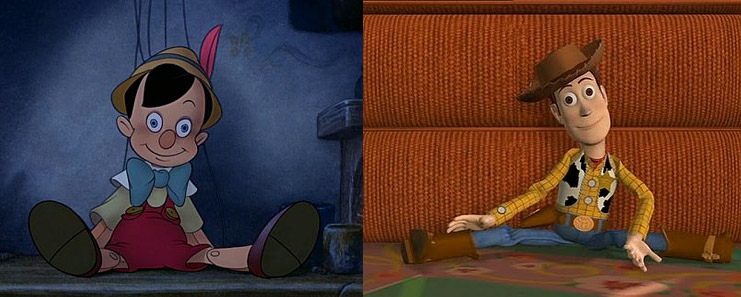I finally carved out the time this weekend to watch Guillermo del Toro’s new adaptation of Frankenstein. It’s good! His version reworks the story and adds some new characters here and there, but it hews closer to the Mary Shelley novel (the original original one she wrote as a teenager, before her later rewrites) than other film adaptations tend to do, while retaining the galvanic spectacle of the 1931 James Whale movie that captured del Toro’s attention as a devout Catholic child in Mexico.
The trope of the absent or dead mother in fairy tales, Disney movies, and other pop culture (including Mary Shelley’s work) has been widely written about, and the horrors of miscarriage and childbirth are a through-line of del Toro’s films. There’s plenty to unpack about his Frankenstein‘s added focus on fathers — cycles of cruelty and disregard for their creations — so the insights about del Toro’s own family experiences from this recent New York Times writeup jumped out to me:
Curiously, there are no mothers in “Frankenstein.” The creature is born out of a man’s scientific ambition, not a woman’s body. The family the creature spies on is missing a mother as well; so is Victor’s betrothed. I have never understood this dogged slaughter of mothers in Shelley’s fiction (motherless characters are common in her subsequent books as well), until del Toro told me of his own mother’s story, how she was blotted out by her mother’s ghost. Absence is more powerful than presence, he explained to me. “Presence is fleeting. Absence is eternal.”


